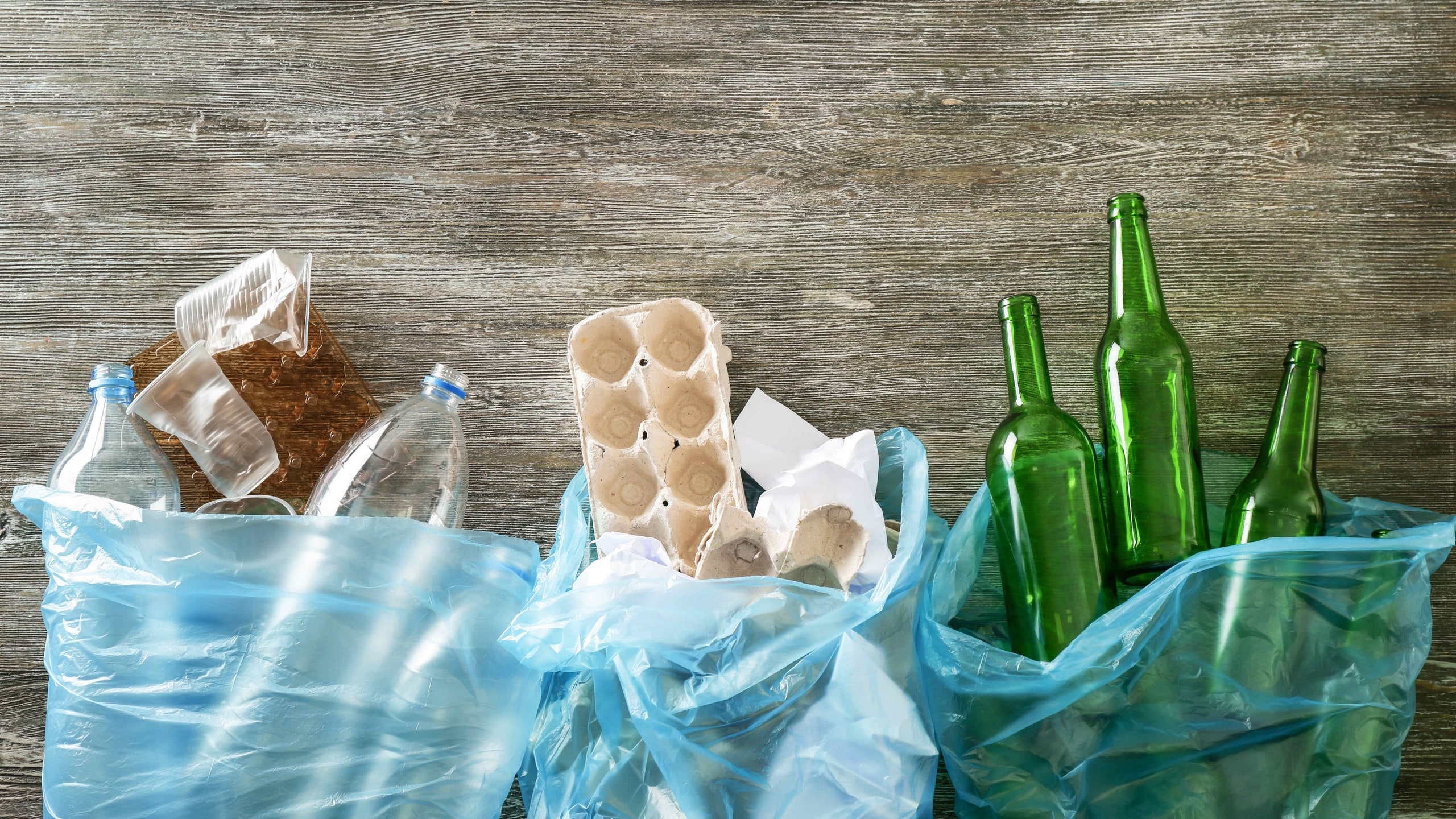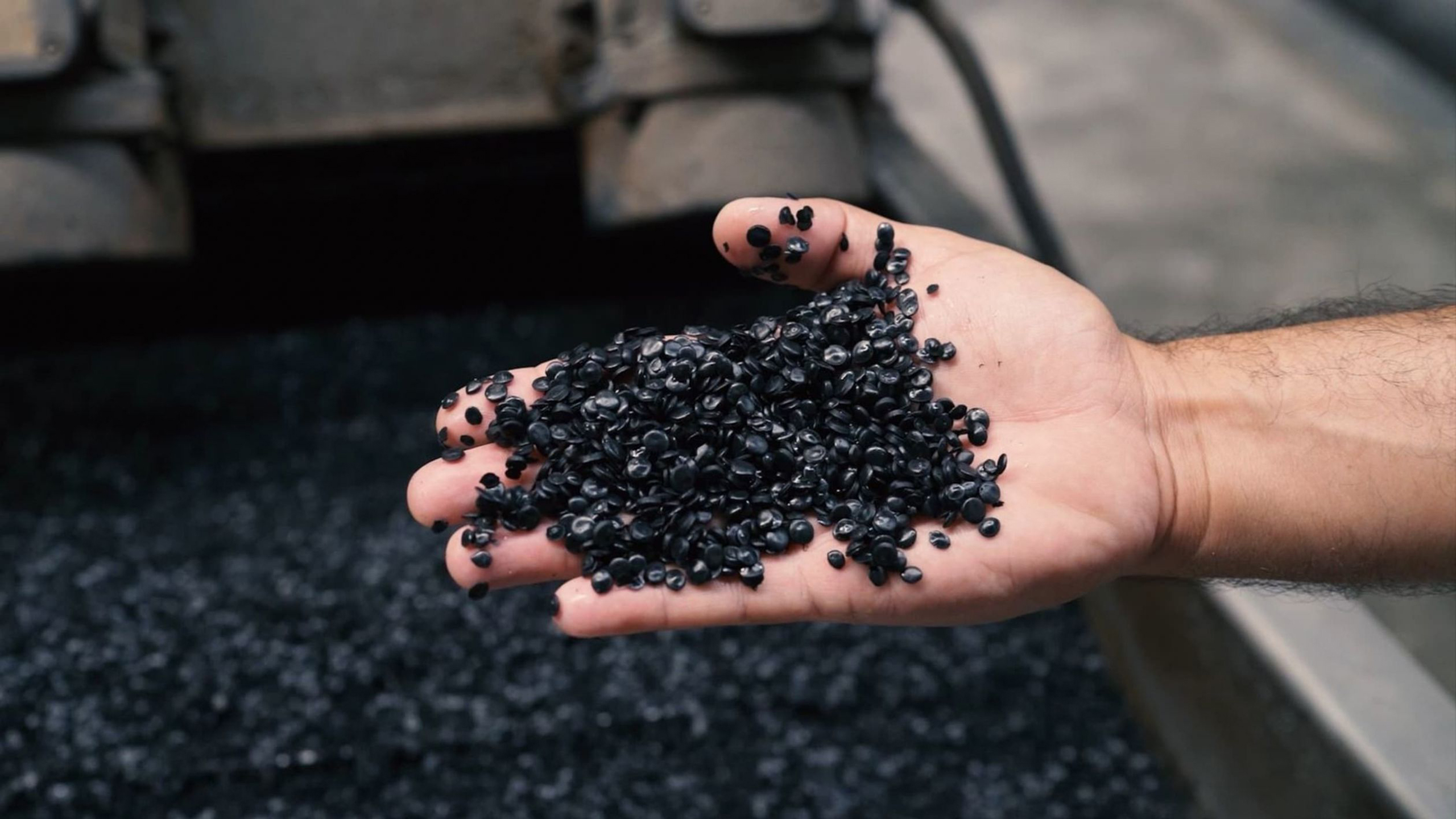Recycling should be part of our daily routine
We know that it is not always easy to understand exactly where the packaging of the products we buy on a daily basis should go. Many colours, many materials, many doubts. Here's what you can do to make recycling the most natural thing in the world.-
So, what exactly can I place in the yellow recycling bins?
Packaging for all types of yoghurts, juice bottles, milk cartons and basically all types of plastic and/or metal packaging that bears the “yellow recycling” symbol can be placed in yellow recycling bins. Plastic packaging can be divided into the following categories (here comes the list with tricky names):
- PET (Polyethylene Terephthalate) – bottles used for water, fizzy drinks and alcoholic beverages;
- HDPE (High Density Polyethylene) – hygiene products and detergents;
- PVC (Polyvinyl Chloride) – detergents;
- LDPE (Low-Density Polyethylene) – plastic bags and film;
- PP (Polypropylene) – CD cases;
- PS (Polystyrene) – yoghurts and plastic egg cartons.
Some packaging that must not be placed in yellow recycling bins was recently introduced into the market. These can contaminated the flow of existing recyclable plastics (such as bioplastics) because no technology has been invented yet to recycle them (such as plastic-lined paper coffee cups).
Liquid packaging carton (for example, milk and juice cartons) is recycled by placing these packages in the yellow recycling bins and using wet mechanical processing: first, the cardboard is separated to produce paper pulp which, once recycled, is used to make articles with recycled cardboard; then, the polyethylene and aluminium are separated.

-
And in the blue recycling bin?
Remember the question we have to ask when deciding how to recycle packaging? There’s an exception when it comes to the blue recycling bins in which, for example, you should place sheets of paper, magazines and newspapers.
To ensure paper can be recycled as much as possible (7 times!), the original properties of the paper must not be altered and it cannot be contaminated by other substances.This means that kitchen paper, tissue paper and paper serviettes cannot be recycled together with other paper/cardboard because they are dirty. Do not place aluminium foil, baking paper, paper containing plastic, chemical paper, wax paper or dirty packaging in the blue recycling bins.
Labels are also a no-no as they often contain plastic or glue residue, making it difficult to recycle them. If empty packaging has a label stuck on it and it is difficult to remove manually before placing the packaging into the recycling bin, don’t worry. Place it in the blue recycling bin and the waste management department in your municipality will try to recycle the packaging.
Pour out the contents from packaging and, if possible, flatten it to save space at home, make it easier to transport and decrease the number of times you have to go to the recycling bin.
If you use a plastic bag to carry used paper/cardboard packaging, try to reuse it or, if you can’t, place it in the yellow recycling bin.

-
OK, the green recycling bin is easy…
Glass can be recycled as many times as we want so, by placing glass packaging in recycling bins, we are making sure that glass is 100% reused, without compromising its characteristics and quality, just like glass made from virgin raw materials. Glass is one of the materials we use most every day so it’s pretty easy to recycle.
But remember! Broken plates and glasses must not be placed in the green recycling bins. The composition of window panes, mirrors, ceramics, tableware, crystals and Pyrex dishes is different from your average glass packaging and cannot be melted at the same temperature. So, don’t throw these away in the recycling bins to avoid creating defective articles and ruining all the other recycled glass.
Bottles containing fat (such as olive oil bottles) or those that have spraying mechanisms (such as perfume bottles) can and should be placed in the green recycling bins, as they are recyclable. Simply drain them and remove the lids, and reuse or place the plastic bag used to carry the used bottles in the yellowing recycling bins.



